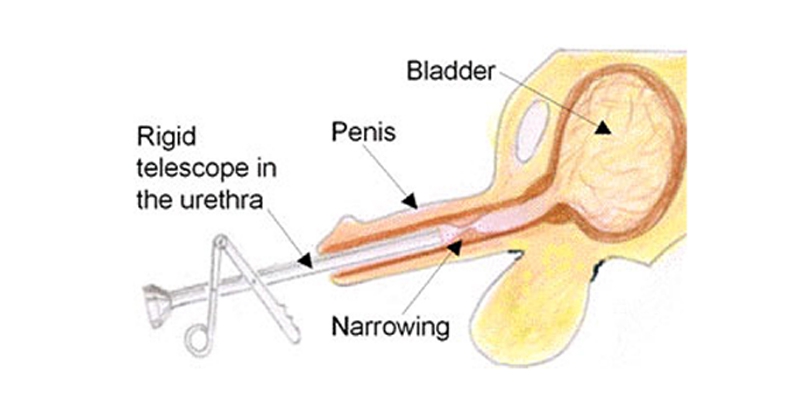URETHRAL STRICTURE
- Home
- URETHRAL STRICTURE
URETHRAL STRICTURE - SYMPTOMS, TREATMENT, PREVENTION

The urethra is one of the organs of the urinary tract that carries urine from the bladder so that it can be released from the body. The urethra tube is usually wide enough for the urine to flow easily through it. However, when the urethra tube gets contracted, it deliberately blocks down or restricts the urinary flow. This condition is known as the urethral stricture.
Causes of Urethral Stricture
Urethral stricture generally occurs due to the presence of a scar tissue or tissue inflammation. There are many possible factors for scar tissue.
For example; teens who have undergone hypospadias surgery to correct an underdeveloped urethra or men who have penile implants are prone to developing urethral stricture. Other possible causes include:
Risk Factors for Urethral Stricture
Some men are prone to develop a urethral stricture, especially those who have;
Symptoms of Urethral Stricture
Urethral stricture is not considered a serious issue but it can cause several symptoms, ranging from moderate to severe. It is recommended to undergo urethral stricture treatment before it gets too late.
Diagnosis of Urethral Stricture
Doctors at Vedanta hospital follow neat procedures and several approaches for diagnosing urethral stricture.
Urethral Stricture Treatment
The doctors at Vedanta hospital will only prescribe the treatment option considering the severity of the condition.
Complications of Urethral Stricture
If not diagnosed and treated at an early stage, it could lead to severe complications which include;
How can you Prevent Urethral Stricture?
It is not always possible to prevent the strictures but there are certain measures you could take to mitigate the risks.